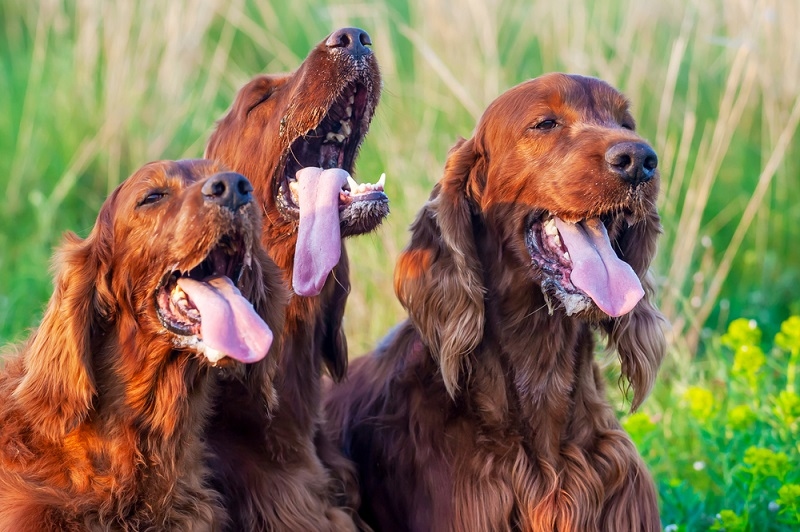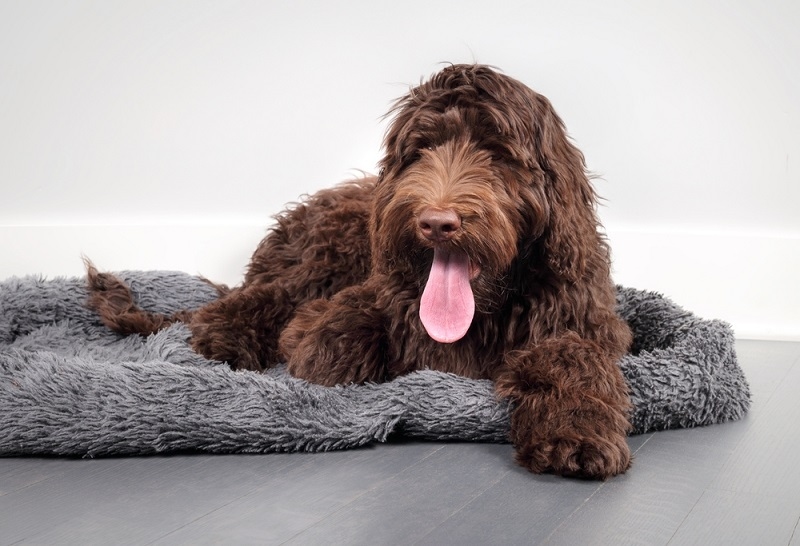
Dogs are allowed to pant, and this is a normal behavior; however, when it has become excessive, then it must be an indicator that something is not right. Being a pet parent, you should understand what dog panting means: whether it is a process of cooling down your four-legged comrade, or it is your red alert to call your veterinarian. In this blog, we see how we can get to know the reasons why dogs pant, what is excessive panting in dogs, and when and what to do when your dog is panting excessively or at weird hours of the day, like at nighttime.
It is through panting that your dog assists its body in remaining cool. In contrast to human beings, dogs do not perspire through the skin. This is not the case; rather, they pant, releasing heat within them, thereby cooling up fast.
Dogs also breathe fast through their mouths and with their tongues out when they are panting. This enables water to evaporate through the tongue, mouth, and upper respiratory tract, which cools these down. It is quick and efficient in controlling body temperature when one is hot, especially following exercises or during the hot season.
It is normal to pant under such circumstances as:
If your dog stops panting after a short rest or once the environment cools down, it's likely nothing to worry about.
There are many reasons why dogs pant, and not all of them are related to temperature. Some causes are normal, while others might require attention.
The most common reason why dogs pant is to cool themselves down. If your dog has been running, walking, or playing, panting helps regulate their body heat.
Dogs also pant when they’re feeling anxious, scared, or stressed. You might notice this during thunderstorms, fireworks, or vet visits. This kind of panting is usually shallow and fast.
Sometimes, panting can signal pain or an underlying health issue. If your dog is panting without exercise or stress, especially with other signs like whining or restlessness, it's a warning sign.
If your dog is panting heavily in hot weather and seems weak or disoriented, it could be suffering from heatstroke. This is a serious condition that needs emergency vet care.

While panting is common, excessive panting in dogs is not. It’s important to understand the difference between normal and abnormal panting.
Here are some warning signs to look out for:
Excessive panting can be due to several issues, including:
If your dog is panting a lot and doesn’t seem comfortable, it’s a good idea to check in with your vet.
Dog panting at night is not something to ignore, especially if it’s happening often. Dogs usually relax and breathe quietly during sleep, so nighttime panting could mean there's a problem.
Some reasons why your dog might pant at night include:
If your dog is panting at night, try these steps:
If the panting continues, consult a vet to rule out serious health conditions.
It's not always easy to know when panting is serious, but some signs clearly show your dog needs medical help.
Call your vet if your dog is:
If your dog is panting a lot for days or weeks without a clear cause, it's time for a check-up. Chronic panting can point to ongoing pain, respiratory problems, or hormonal disorders.
Watch out for combinations like:
Your vet may suggest tests like bloodwork, X-rays, or heart scans to find the exact cause.
If you notice your dog panting a lot, it’s important to stay calm and take the right steps.
If it’s warm, move your dog to a cooler area and offer fresh water. Turn on a fan or air conditioner if needed. Avoid outdoor walks in peak heat.
Look for changes in your dog’s behavior, energy level, appetite, or bathroom habits. Take note of anything unusual to report to the vet.
If you suspect your dog is anxious, try calming tools like:
Talk to your vet about long-term solutions if anxiety is frequent.
Some medications, like steroids or painkillers, may cause panting as a side effect. If your dog just started a new treatment, ask your vet if panting could be related.
Dogs are especially vulnerable to heat. Here's how to prevent overheating and heatstroke:
Breeds with short noses, such as Bulldogs and Pugs, are more subject to heating problems, and take special care of these.
Each dog is unique. There are breeds of dog that are prone to panting by nature, as well, including large or heavily furred breeds. The trick lies in being informed about what is normal for your dog. Any drastic alteration in the panting behavior should be attended to.
The panting in dogs is usually the language of the body exclaiming that something is not going on. This may be as little as a need to be in a cooler place, or it may indicate something more severe. Even when in doubt, trust your instincts and call your vet whenever you do not know what it is about.
This content was created by AI